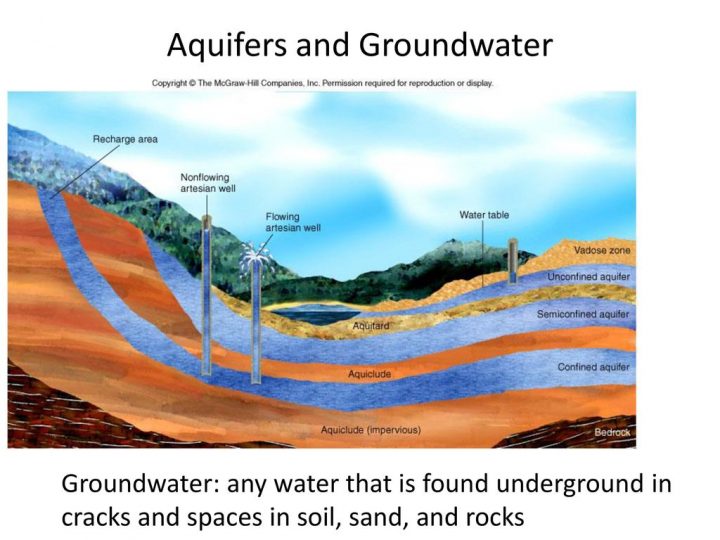Individual grasses in mixtures have a vital role to play in developing and maintaining a healthy landscape, whilst floral displays are vital for allowing the creation of mini-eco systems to encourage natural biodiversity within busy city and town environments.
Landscaping that features around buildings can be greener than ever before if an environmental and sustainable approach is adopted when selecting seed mixtures. Significant developments mean grasses are now available which have vital benefits: they can cope better with drought conditions, stay greener, need less cutting, produce less clippings, and have lower inputs and reduced maintenance requirements.
Stephen Alderton, development and marketing director for French seed breeder Top Green, says: “We have been working on sustainable development which is now a major consideration for those looking after natural turf surfaces as budgets continue to decline.”
Maintenance costs need to be considered at the design stage of a project and, surprisingly, although small, the grass seed has a significant role to play. In the current climate, architects, specifiers, contractors and landscapers are provided with the opportunity to reduce installation and ongoing costs. Grass cutting is a key budgetary issue and considerable savings can be made on fuel, machinery, labour costs and clearing up operations by looking carefully at seed choice. Selecting varieties that have been bred specifically for slower re-growth can reduce the frequency of contract cutting by more than 30%.
Director of Seed Research at Rigby Taylor, Brian Robinson, comments: “Cultivars contained within our new range of Landscape and Environmental grass seed mixtures help to create and maintain more successful grass cover, with the added significant benefit of reducing maintenance costs.
“Equally important, these grasses produce less weight and volume of clippings, saving on disposal costs.”
Some cultivars continue to make a dramatic impact within the turf industry. Helping to combat the challenges of climate change and water conservation rhizomatous tall fescues are the key for the future.
And the new generation of tall fescues being bred by Top Green and Rigby Taylor include dwarf varieties which are good for general landscaping situations.
Proving a tremendous asset, these cultivars can withstand both drought and waterlogged conditions, as they have a deep rooting system, with some roots going more than one metre deep. The latest addition to tall fescues included in Rigby Taylor’s new range is Grande II, which boasts significantly more rhizomes.
Focused on individual needs, in areas where carbon capture ratings are important a decision on grass mixtures can now be based on the amount of carbon dioxide they remove from the atmosphere.
Brian Robinson explains: “Ryegrasses and fescues store carbon in different ways and we have fed this information into the Top Green range, indicating each mixture’s carbon rating to help specifiers in their seed selection.”
Extensive trials took place at Les Alleuds in France, where an independent laboratory examined three-year-old grass plots containing different cultivars to measure how much carbon had been captured over that period compared to adjacent fallow land.
Stephen Alderton says: ”From this we established which species were best at carbon capture and calculated which associated mixtures are best to use.”
Dedicated research and trials of the new grasses have taken place from the chilly north to more tropical Torbay in the south west. State-of-the-art trials in the Cairngorms, Scotland, have led to dramatic improvements in grass seed mixtures. Here winds often gust up to 100mph and grasses were established that demonstrate a high windchill tolerance.
Spurring this research was a major project to build a new funicular railway to replace an ageing chairlift – leading to one of Europe’s largest ever vegetation translocation and reinstatement projects, which has been overseen by Robinson. This research was particularly concerned with using grasses which would establish quickly to reduce soil erosion and allow native species to grow back and establish well. By extending the growth patterns of grasses in the spring and autumn, seed can now be sown in colder climatic conditions and yet still flourish well. This means landscaping projects need not be as time-sensitive as in the past.
Each area has its own micro-climate, which varies dramatically from the north to the south. This means it is vital to make the correct seed selection of grass cultivars for each given area. Choosing a mixture made up of species which have different attributes will make a dramatic difference to the quality and performance of the resulting turf surface.
Grass Seed development manager at Rigby Taylor, Stephen Denton, says: ”Working in partnership together we can ensure that turf in the UK meets current and future demands.
“We can offer professional advice on the best grass cultivars to select, helping to overcome issues and concerns which landscapers may be experiencing.”
Keeping the future greener, individual grasses in mixtures have a vital role to play in developing and maintaining a healthy landscape.
When selecting flower displays landscapers and designers often want to maintain a colourful environment while cutting costs.
Floral displays are vital for allowing the creation of mini-eco systems to encourage natural biodiversity within busy city and town environments. Euroflor has been developed through a partnership between Rigby Taylor and Top Green. These mixes have already been widely used in French cities to great effect. They have been instrumental in helping Lyon to be the first in France to be awarded ISO 14001 environmental standards certification.
Ground preparation is minimal with Euroflor, as all that is required is a clean seed bed and then seed can be sown in a sand mix at 3-4g per square metre. Sowing can take place from mid-March to the end of May and may be staggered for later flowering.
Irrigation during the first three weeks will only be required if conditions are dry. Within six weeks, depending on the mixture selected, flowers will start to appear. And then a profusion of flowers demonstrating horticultural excellence will be maintained from late spring to autumn, or the first frosts.
Virtually no maintenance is required on these mixtures, which include: Ground Cover, Rainbow Annual Display, Drysec, Honey, Spring Flower, Cottage Garden, Sarah Bouquet, Reclamation; together with Red, Pink, Orange, Yellow, Blue, White (or any mixture of these to replicate a corporate image).
Benefits over traditional wildflower plantings include the longer flowering period, enhanced flower performance and their suitability for the urban environment. Wildlife is supported for a far longer period, helping to encourage greater biodiversity. Carbon footprints will be considerably reduced because of the lower inputs required by these flowers compared to other floral displays.
Scoring high over bedding plants, they do not require heated glasshouses to bring on the plants, potting-on, fertilisers or regular irrigation.
On the conservative side, Euroflor mixtures are at least five times cheaper to install and maintain than a normal flower bed.
Highly successful trials in the UK over the last two years demonstrate the appeal of these Euroflor urban flower seed mixtures – with local authorities reporting that the public has really been ‘wowed’ by them as a bright welcome at entrances to towns and cities, in parks, at roundabouts and beside roads.
In Torbay, Devon, green space is maintained by TOR2, a joint partnership between Torbay Council and services company May Gurney. Parks service manager Richard Barton explains:
”Due to the overwhelming popularity of the flowers, we have extended the areas planted and these are proving more cost-effective than using bedding plants.
“The public has been taking photographs and emailing them to us, which is a first. Beneficial insects have also increased, so we are now looking to extend the Euroflor mixes to other parks throughout Torbay.”


